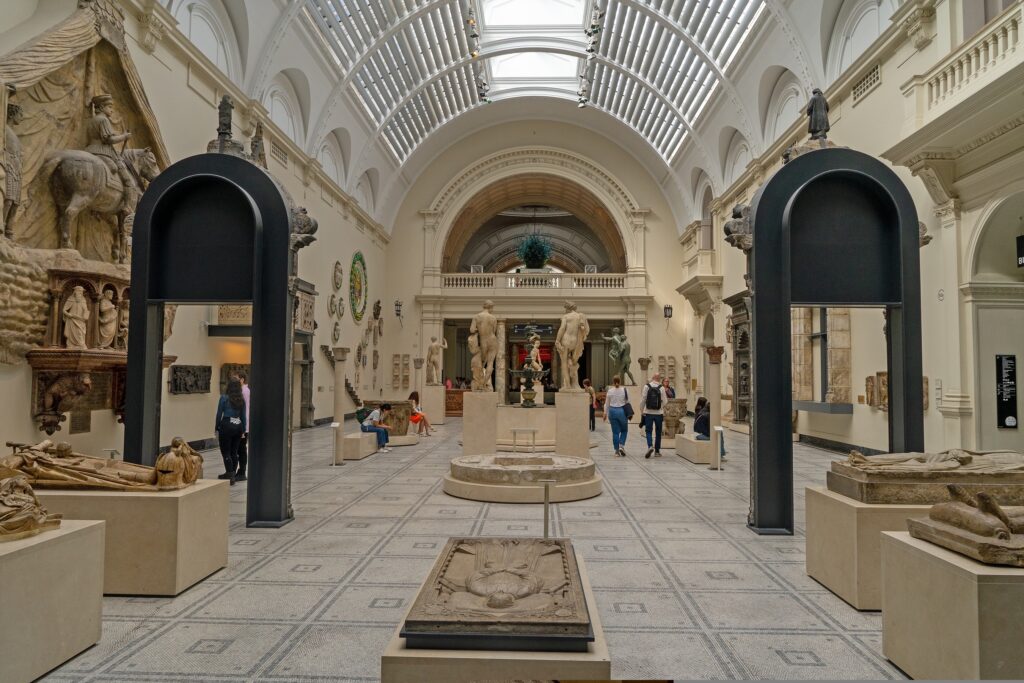
Can you explain what Securilath is and how it differs from other security mesh solutions?
Securilath is a high security steel mesh designed to be embedded within walls, ceilings and floors to provide enhanced protection against forced entry and other forms of intrusion and accredited with LPCB at LPS1175 A1, B3 and C5.
Unlike standard security mesh solutions such as fencing and cages, Securilath is integrated into the structure of a building, making it invisible and therefore eliminating external weak points that intruders could target. The fact that the mesh is hidden has a dual benefit. First it means would be attackers are not prepared to overcome the barrier and second it can be used in any building or structure without negatively effecting the overall aesthetics of the environment.
Like all our ExMesh Engineering security range, it’s manufactured from expanded metal which has no welds and no joins to fray or tamper with and therefore no weak points within the mesh. As it can be both designed into new build structure as well as retro fitted to existing buildings, it’s an incredibly versatile and simple way of target hardening a building or structure.



What inspired the development of Securilath back in the 1990s?
During the 1990s, there was a growing concern over organised crime, terrorism and high profile break-ins, especially targeting financial institutions, government buildings and sensitive infrastructure. Traditional security measures, such as grilles and surface mounted barriers, were too visible and often circumvented by attackers using cutting tools or exploiting weak points. Security experts were looking for a more discreet solution that offered protection without altering aesthetics or drawing attention.
At Exmesh Engineering we had already started using expanded metal in other security products such as fencing, gates and cages, due to its excellent security properties, so it just took a little out of the box thinking to come up with the Securilath solution that could then be integrated into walls, ceilings and floors without significantly increasing weight or thickness, while still providing formidable resistance to cutting and impact.
How does Securilath integrate with existing wall, ceiling and roof structures?
Securilath is designed to be seamlessly integrated into existing walls, ceilings and roofs without significantly altering their appearance or structure. It acts as a hidden security reinforcement that enhances resistance against forced entry, vandalism, theft and terrorism.
Securilath can be installed within wall partitions or on the surface of brick or block work, as well as in ceilings and floors. It is typically installed along with layers of plasterboard and plywood, depending on the level of security rating required. To support this, ExMesh Engineering provides installation guidance and best practices to ensure correct fitting and optimal security performance, helping installers achieve a compliant finish.
The Securilath mesh range is certified by the Loss Prevention Certification Board (LPCB). Can you explain what this certification means for end users?
LPCB (Loss Prevention Certification Board) are part of the BRE and offer a certification scheme that is a highly regarded security standard that ensures physical security products, such as fencing and gates meet rigorous testing requirements for resistance against forced entry, burglary, and other security threats.
For end users it means an independent, proven security performance, through the widely adopted security standard of LPS 1175. This includes resistance to tools, cutting and impact attacks. The tests simulate real world attack scenarios to verify how well products, such as Securilath, can withstand various intrusion methods.
Perhaps one of the most important aspects to end users of the LPCB accreditation, and often overlooked, is that LPCB conducts annual audits to ensure manufacturers adhere to the stringent standards LPCB require. This means end users can trust that each batch of Securilath maintains consistent quality and security performance.
Products approved to LPCB standards are recognised by insurers and security authorities, as well as government agencies, as meeting industry best practices. As such, using a product like Securilath, which is tested and certified to LPS1175 C5, can help businesses and organisations meet insurance requirements for physical security and comply with various security regulations in high risk and CNI (Critical National Infrastructure) sites.
How does this product range support physical security requirements in settings like museums or retail spaces?
Securilath plays a crucial role in enhancing physical security in settings like museums and retail spaces, where both the protection of valuable assets, artifacts and merchandise against theft, as well as the aesthetics of the environment are essential. However, its applications extend far beyond these sectors. Securilath is used in high security government buildings, critical national infrastructure (CNI) sites, and even domestic settings where discreet security reinforcement is required.
Securilath is traditionally used in securing storage areas for both museums and retails spaces. In both these environments, high value items and expensive stock needs to be kept safe, but the storage area also needs to be accessible and practical. Securing whole rooms makes this process much easier for the clients.
Museums and high-end retail spaces require unobtrusive security solutions that don’t impact the customer experience or historical integrity of a building. This is key, especially with museums as many are located in historic buildings where retro fit security measures need to be versatile, easy to install and unseen. This was specifically the case when Securilath was used at the Victoria & Albert Museum in London.
How have security threats evolved in recent years and how has Securilath adapted to meet new challenges?
Security threats have significantly evolved in recent years, driven by advancements in technology, increasingly sophisticated criminal tactics and rising global risks. As break in methods become more advanced, security solutions like Securilath have also evolved to provide stronger, more discreet and more versatile protection.
With the utilisation of better tools, Securilath has added layers to their system to maintain the LPS1175 C5 accreditation demanded by many end users.
With architects favouring more modular build solutions along with new more sustainable materials within the wall build up, Securilath has adapted by being assessed with different wall make-ups, offering tailored security solutions for diverse applications to provide bespoke solutions to specific clients.
The use of technology is ever-increasing and the demand for data, in relation to security products, is becoming more prevalent and essential. It is therefore critical for physical security products such as Securilath to be easily integrated into these systems.
As new security threats emerge, such as the threat of intrusion by those intent on doing harm to people of importance or high profile individuals using bladed weapons and / or blunt instruments, Exmesh Engineering looked to develop a Securilath option that was cost-effective and able to be installed in a domestic setting to allow sufficient time for the occupant to remain safe whilst security assistance arrived.





